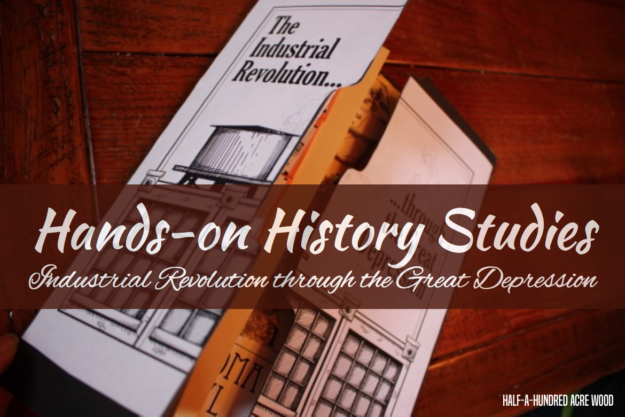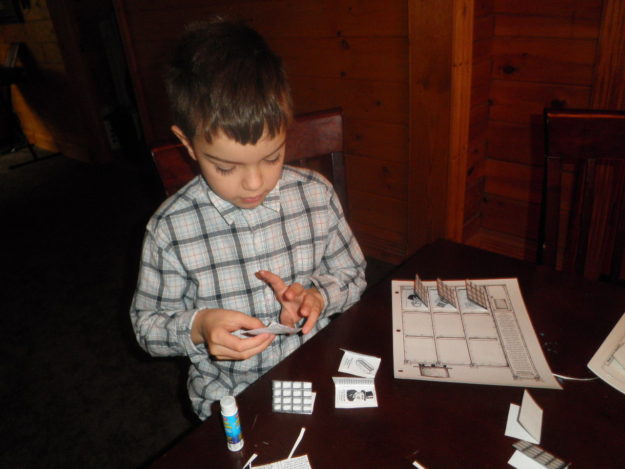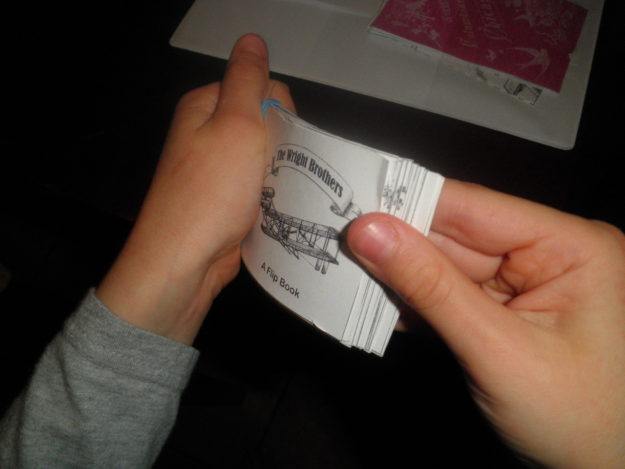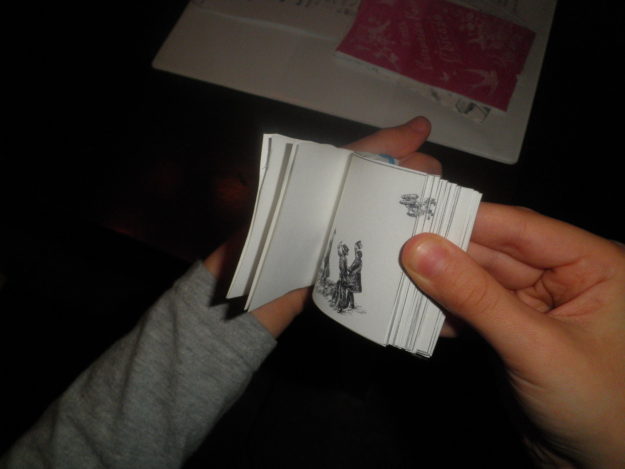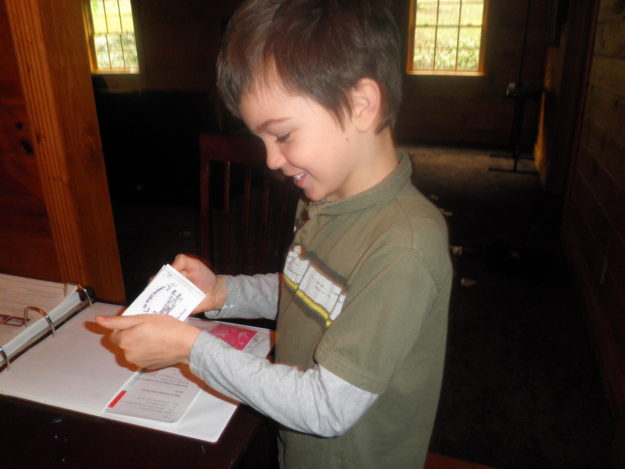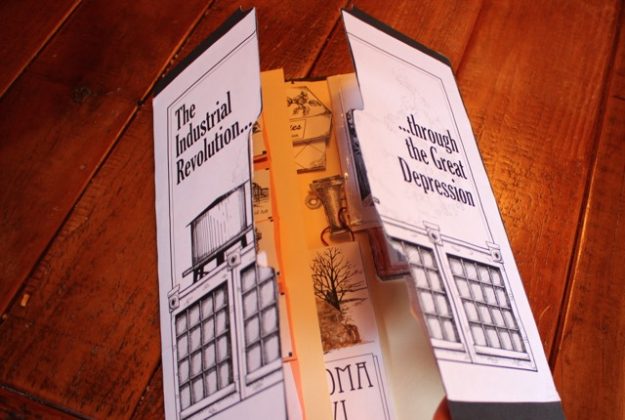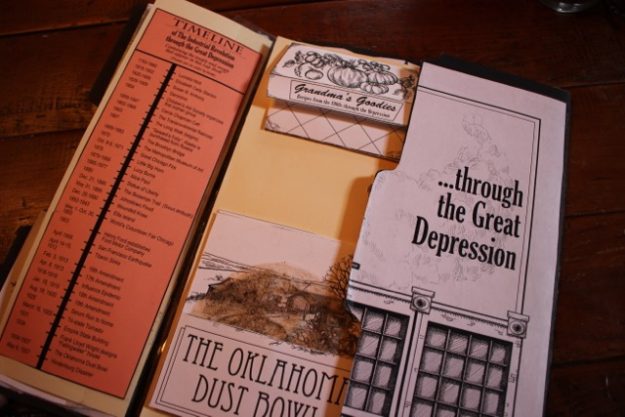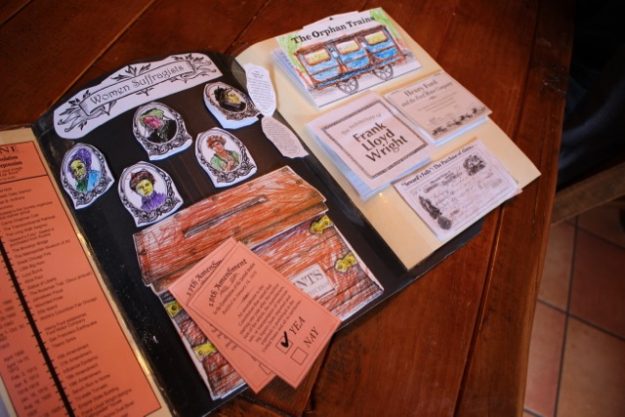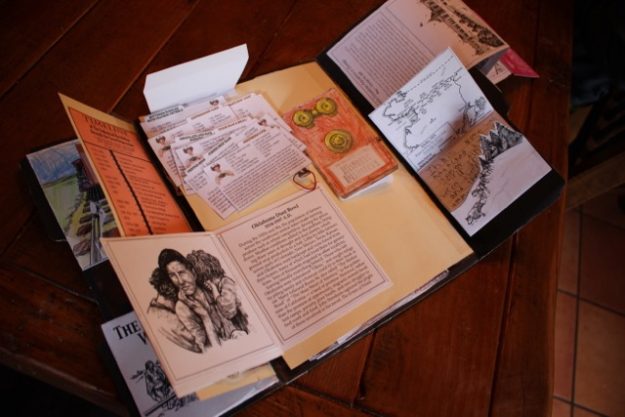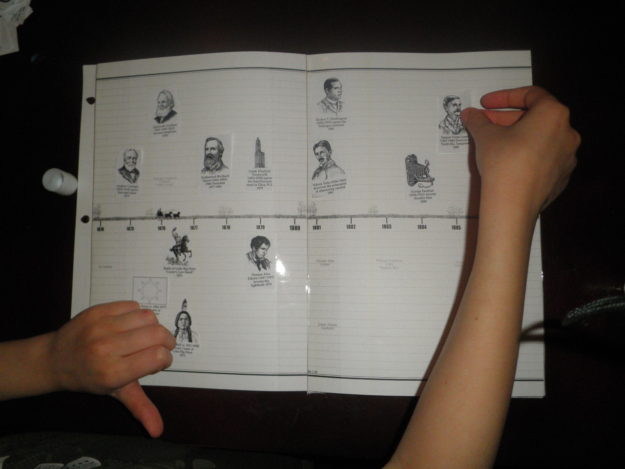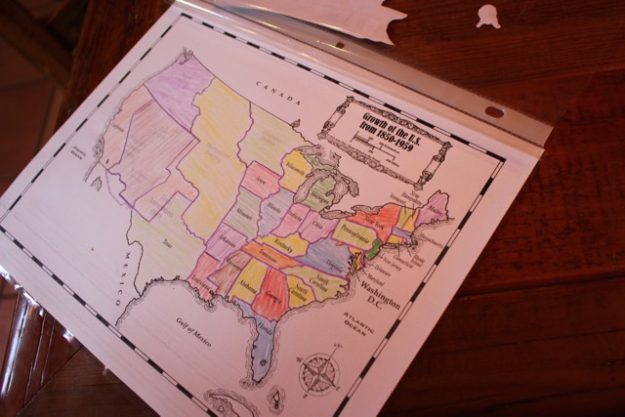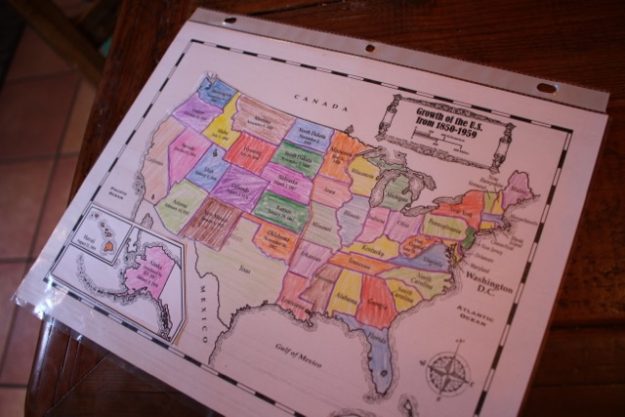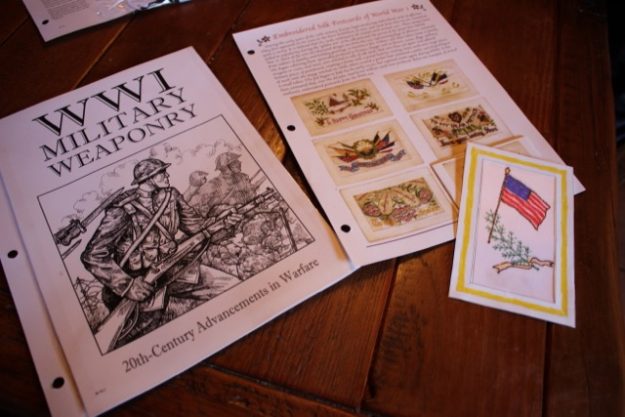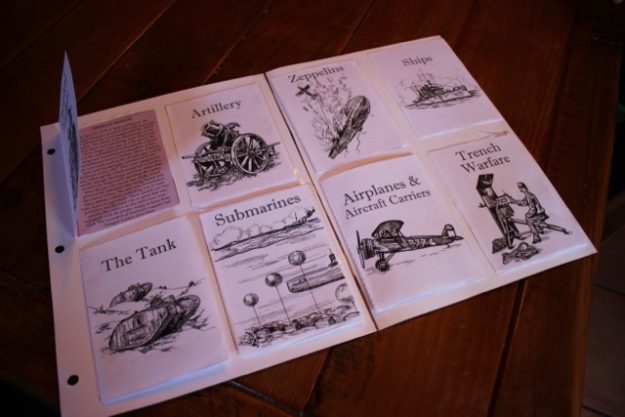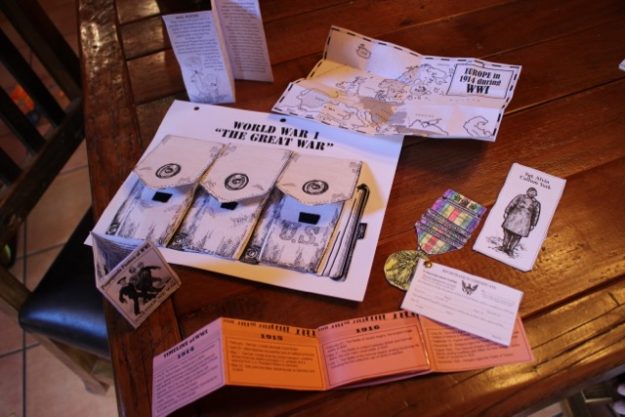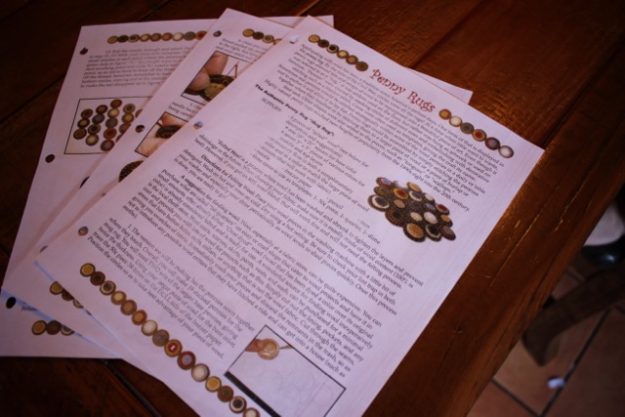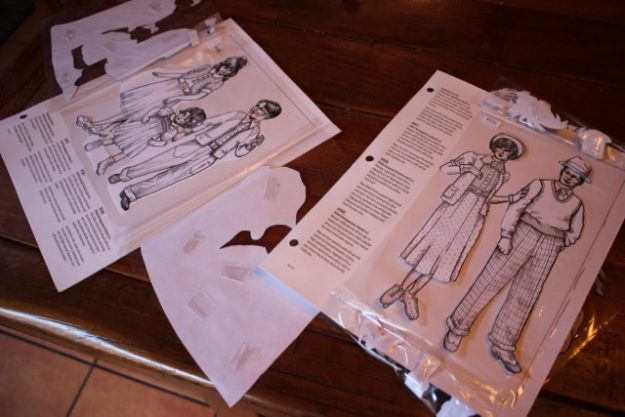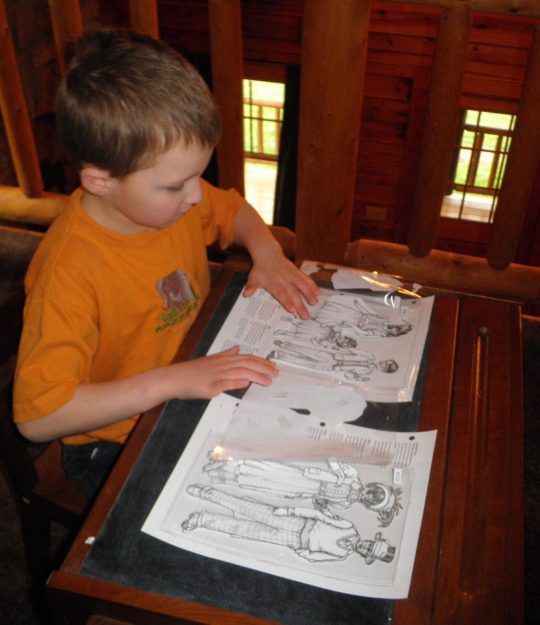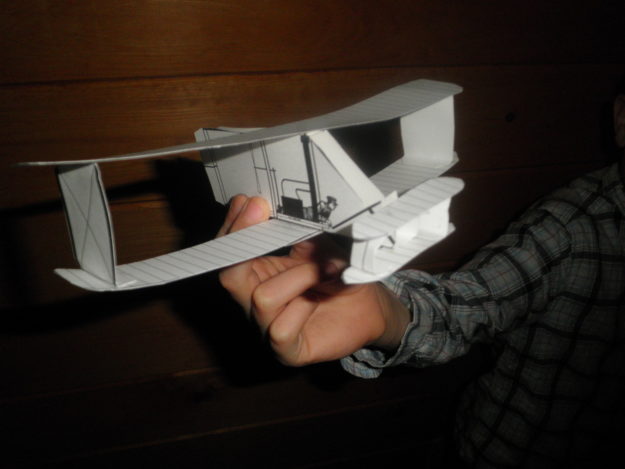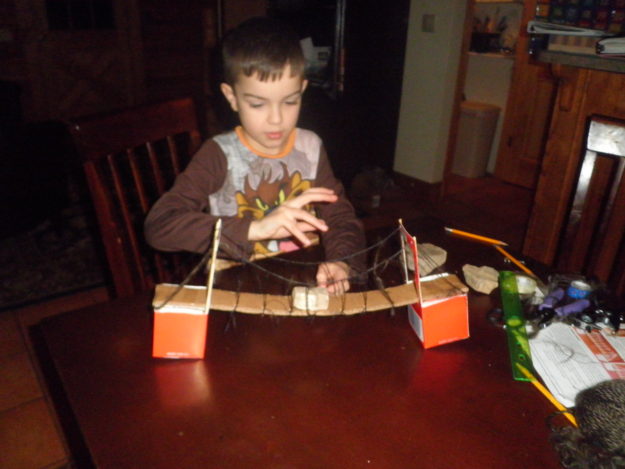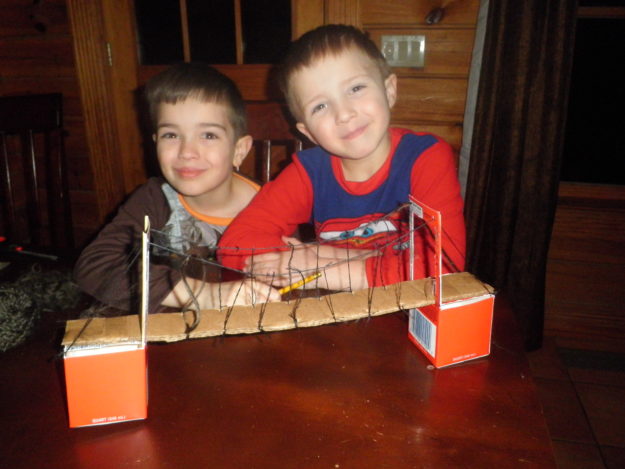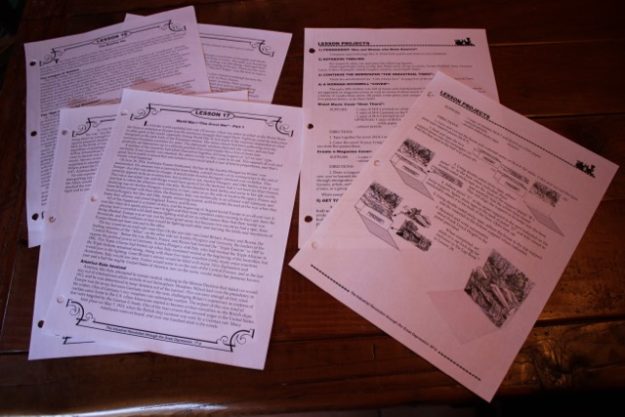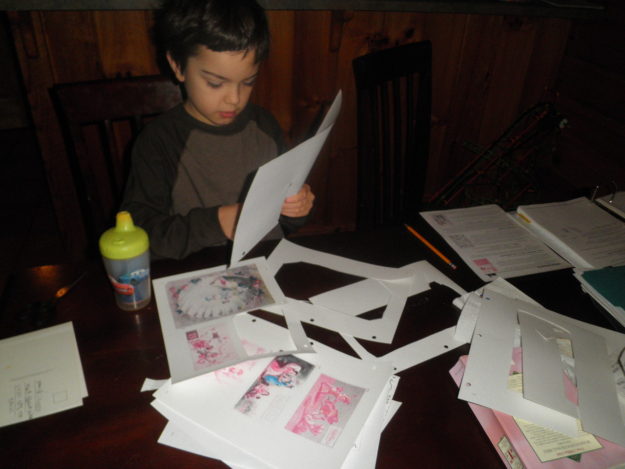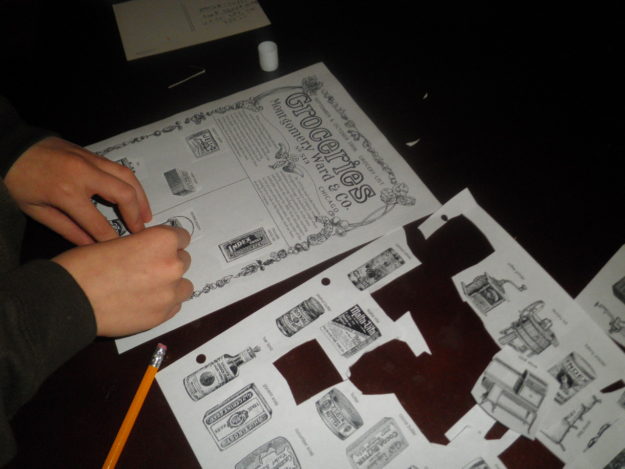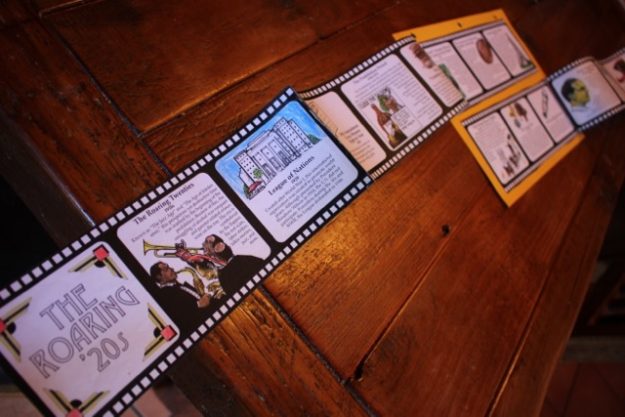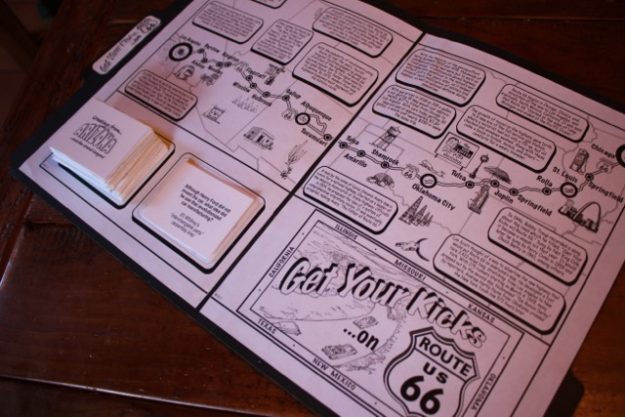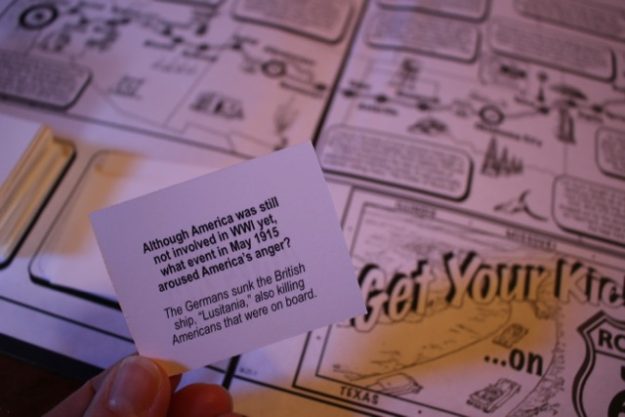Our oldest son is now in high school. As the years pass and he takes on more and more responsibility (and as he also surpasses my height), I’m fully aware that his childhood is fading into a collection of memories. Six years ago seems so recent yet so distant. One moment there’s an eight-year-old sitting in front of you struggling to write a three-sentence paragraph and another moment there’s this young man with a deep voice pointing out the logical fallacies in your arguments and teaching you a bit about Latin subjunctive mood. I’ve been suffering from a bit of nostalgia lately, pondering memories I so cherish that all I can do is pour them out here in words and photos that don’t do them justice. Sometimes as parents we can get so caught up in the things we wish we’d done differently. But there are some things I absolutely don’t regret.
If I could give one piece of advice to parents of young children, I think it would be to go down the rabbit trails with them. Nurture their love of learning by following their lead in some areas. Pursue some interest-led learning regardless of what the critics may say. Five years ago, Stephen loved lapbooking and unit studies. He loved paper crafts and building things. He loved history and timelines and maps. (He still loves all of these things.) During his elementary years, after laying a foundation of memory “pegs,” we’d take off on a multitude of diggin’ deeper learning adventures simply because of his insatiable appetite for learning. At the time, some folks pointed out that what we were doing wasn’t “classical” because it wasn’t “stick in the sand.” I started to doubt my decisions. I wondered if it was just unnecessary busywork – a waste of time when we could instead focus on more Latin vocabulary.
Today as I look back pondering these precious memories, I realize that this absolutely was not a waste of time. Of all that we did during his elementary years, I’m grateful for the moments I allowed us to go down rabbit trails. This is what our most special memories are made of now. And it was a catalyst for his love of learning today.
This week as we prepare our study of U.S. History from the late 1800s through World War I, I pulled out a couple of the unit studies Stephen led us through so that we could share the memories once again as a family. After six years, the enthusiasm is still contagious and inspirational. This is one of my favorite memories from Stephen’s childhood…
It was a study of the Industrial Revolution, the Great Depression, and a smorgasbord of events in between. Filled with paper crafts and activities, the lapbook above was pieced together over several weeks, during which we also built a timeline of what we were studying. (I still advocate keeping a timeline as one of the best tools for learning history.)
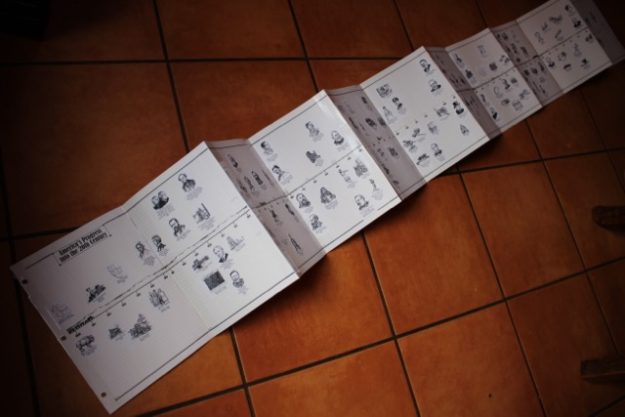
Note: If all you’d like to pursue is a timeline at this point, be sure to check out the a-la-carte options, where you can purchase just the Americas Progress into the 20th Century Timeline pictured above.
The map overlays helped to visualize and gain a better understanding of the growth of America from the mid-1800s to the mid-1900s. (Geography connections? Check!)
The notebooking & copywork pages, newspaper writing prompts, and engaging projects provided opportunities to study various aspects of World War I, including military weapons, WWI poetry, embroidered silk postcards, and the story of Alvin C York – just to name a few.
These projects are available individually! If you’d like to complete a mini-study on just World War I weaponry, you can opt for the Military Weaponry Notebook Project. If you’re interested in the learning about more aspects of World War I, check out The Great War Lap Book/Notebook Project. {And… if you’re interested in a file folder game to review the major battles of World War I, grab The War to End All Wars File Folder Game. This particular project is not in the overall Industrial Revolution through Great Depressions project pack but is a great way to review World War I in greater detail.}
There were other aspects from this time period that I would have never pursued as a mom of boys, such as penny rug coasters and 1900s fashion overlays (which were one of David’s favorite parts of this study).
We read about people of interest from all types of backgrounds – missionaries, political figures, westerners, scientists, sports figures…
and built a paper Wright Flyer and a suspension bridge, which we tested over and over again.
We enjoyed reading about historical people, places, and events, and Stephen was even able to follow many of the detailed project instructions without much assistance from me (although I did have to spend a lot of time upfront printing out the projects!).
And even though I may have been the one who put together the unit study review games, I usually didn’t win them.
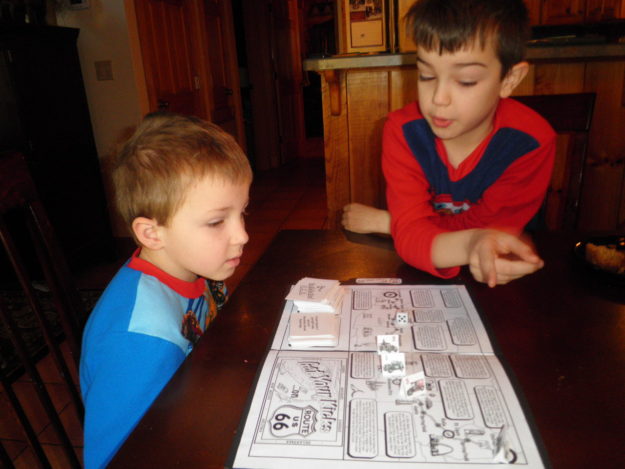 Note: This game is available as a separate a-la-carte option.
Note: This game is available as a separate a-la-carte option.
Fast forward five or six years…
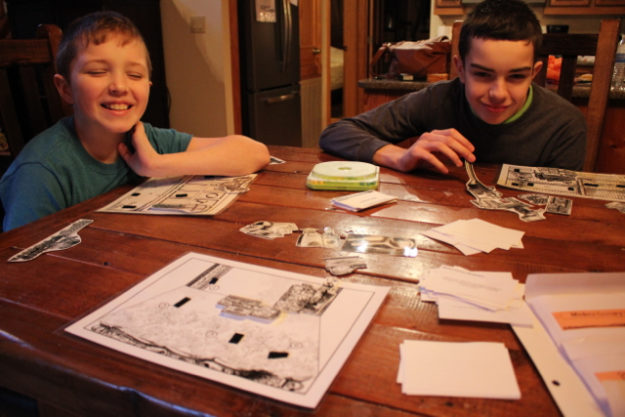
Re-match of “Turn of the Century Scenes” game, just to see how much we remember of the vocabulary!
Man! Time passes so quickly!
Lapbooking, paper crafts, and unit studies aren’t for everyone, but for our family, this was one of the things I actually did right as a home educator.
If you’re struggling with doubt, remember that homeschooling is something you can customize for your own family. Whether you enjoy unit studies or crafts or Montessori or a Charlotte Mason approach doesn’t mean you aren’t providing a solid classical education. How so? Well, you can teach your children the art of information-gathering, naming, storytelling, and memorization (art of grammar), the art of asking questions, reasoning, and processing information (the art of dialectic), and the art of eloquent expression (the art of rhetoric) in the midst of other activities your family enjoys. So it’s not one or the other. All of these other methods can fit within the goals of a classical education.
In the spring of 2012, I didn’t realize that the two unit studies we did (Industrial Revolution through the Great Depression and the World War II Unit Study) would be such a springboard for future discussion. I didn’t realize these would spur within our children such a fascination with history. And much to my surprise, Stephen recently asked if we could complete some new Homeschool in the Woods studies this year.
Mom, I may not be able to to fit it in with my Challenge work right now, but maybe we can do a study in our spare time. Maybe even over summer?
Really, I thought he might have outgrown these by now, but I was wrong. Last year he led his younger brothers in the Artists Activity Pak, the New World Explorers study and the Colonial Life Study. Take a look at our children working through these studies below:
- Art Appreciation through Art History
- New World Explorers: Columbus and the Age of Exploration
- Colonial Life: Handicrafts in History Studies
Check it out!
Homeschool in the Woods offers samplers of their history studies, timeline figures, and maps. Our family tried many of the Time Travelers samples before we finally broke down and bought them. Our oldest son LOVED these studies when he was in grades 2-6, and our third son (9 years old) is now also begging to complete some new ones! You can take a look at the studies we’ve done by clicking here.
If you’re not sure about an entire study, Homechool in the Woods also offers separate pieces of this study on the a la carte page. The pieces available for purchase separately are: Americas Progress into the 20th Century Timeline, The Industrial Times & Grocery Sales Flyer, and the Get Your Kicks on Route 66 File Folder Game.
I’m serious when I say we love these studies. We continue to find ways to work them into our schedule – either over breaks, over weekends, or on an occasional afternoon. It’s just a favorite family pastime. Just take a look at the other Homeschool in the Woods Studies we’ve completed thus far:
Timelines: Studying History through the Ages
Using Homeschool in the Woods Timelines for Challenge
Artists Activity Lap Pak
Studying World War II
Composer & Orchestra Study
Homeschool in the Woods 20th Century Lap Pak
New World Explorers: Columbus and the Age of Exploration
Colonial Life: Handicrafts in History Studies
American Revolution Study
Early 19th Century Study
Benjamin Franklin Unit Study (for grades K-2)
Renaissance & Reformation by Homeschool in the Woods
Middle Ages Project Passport by Homeschool in the Woods
Homeschool in the Woods New Testament Activity Pak
Industrial Revolution through the Great Depression
If you have questions about any of them, be sure to leave a comment or send me an email! We’d love to hear from you!
This post includes affiliate links. When you purchase items through these links, it provides a commission which supports our family and keeps this website going. For more details, please read our disclosure policy. Thank you for reading Half-a-Hundred Acre Wood!

